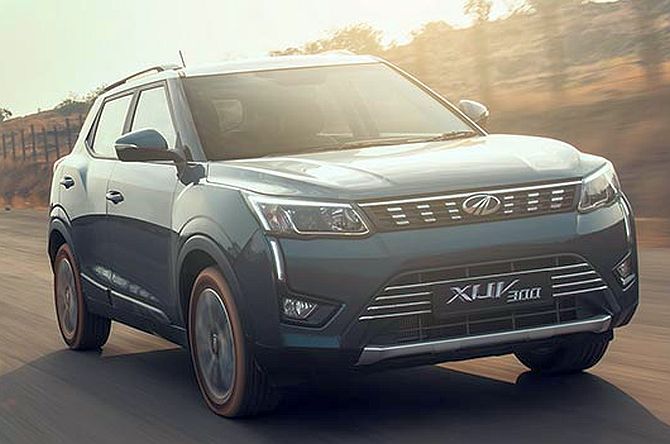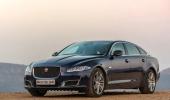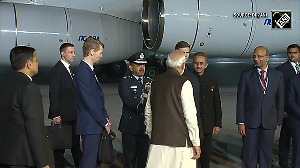Mahindra is desperate for a best-seller in the compact SUV space, on which it missed the bus.

When Mahindra bought Korean manufacturer SsangYong in 2011, it cited business reasons - from expanding its global footprint to shared capabilities in utility vehicles.
Except SsangYong was in the throes of bankruptcy, and union trouble, and had more to gain than to give.
Eight years later, Mahindra scripted a turnaround by identifying strengths and weaknesses, nixing poor performers - the Actyon, Kyron, and Chairman H - and giving the existing ones a makeover.
The turning point came in 2015, when it launched the Tivoli, a compact SUV that drove more than half the car sales of more than 150,000 in 2016, the highest in over a decade.

Now, with the launch of the XUV 300, “an urban SUV” whose prices start at a very competitive Rs 800,000 and is derived from the Tivoli, things are coming full circle.
For one, Mahindra is desperate for a best-seller in the compact SUV space, on which it missed the bus, admits Mahindra & Mahindra managing director Pawan Goenka.
In the years past, the firm launched several cars: the TUV 300, the Quanto, the Nuvo Sport, the KUV 100, the Marazzo, and the Altura, but none delivered blockbuster volumes.
In the last financial year, the TUV 300 sold 29,018 units, the KUV 100 just 25,542 units, and the Quanto a feeble 254 units.

Put in perspective, competitors like Maruti Suzuki have had a bona fide hit with its compact SUV, the Brezza, which recently crossed sales of 400,000 units in under three years.
In a financial year that saw the UV category grow by 21 per cent in volumes, according to Society of Indian Automobile Manufacturers, Mahindra, which has the largest fleet of diesel SUVs in its portfolio, has seen sales stay flat and hovering under 250,000 units a year for the last three years, despite the segment growing and reaching a million cars.
Mahindra's market share dropped drastically going from over 50 per cent in 2011 to under 40 per cent in 2015 and reaching a new low of 25 per cent last year.

The missing products haven't been just city SUVs but also competent petrol vehicles.
This year that's expected to stay around the same, officials at Mahindra say, and that's a problem.
“Auto is a volume game, the higher your number the better the profitability.
"Hence Mahindra has to regain lost market share even at the cost of some margin.
"Market share gain will also boost morale for channel partners that include dealers and components suppliers,” said Chirag Shah, associate director, Institutional Equities, Edelweiss Securities.
So what went wrong? Goenka says the singular reason is this: “The compact SUV segment is at 50 per cent share of the volume of UVs and we had no product in that segment and we have around half the share of the remaining volume.”

Did they not plan for it?
“Frankly, we started with the KUV 100 at the beginning of 2016, and if it delivered volumes as planned then it would have been a different story.”
His point is they bet on a segment with a car that didn't take off.
For now, Mahindra has to be careful because with the BS VI norms kicking in the near future, every car will have to be rejigged to meet that, which means more expenditure, especially because diesel overhauls are expected to be more expensive than petrol upgrades.
“We are not sitting idle, and I can't share product plans but we do have a plan in the pipeline," Goenka says.











